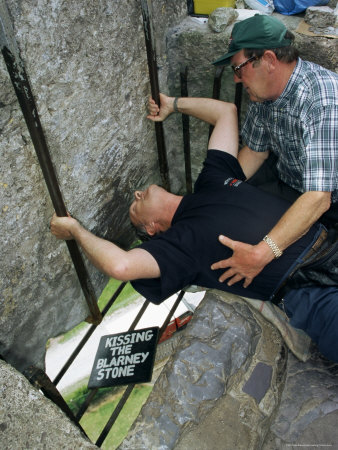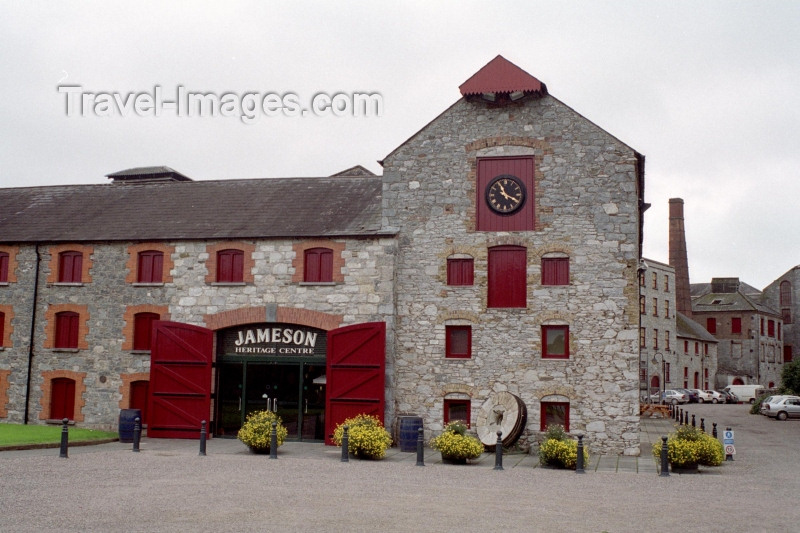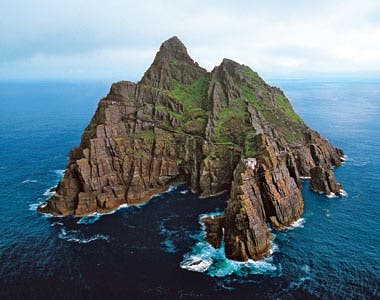There are 24 bridges over the Liffey River in Dublin, so you never need to go far along the water before finding a place to cross.
The most famous is the Ha'penny, which was built in 1816 and originally had a toll of ... a half penny, which is how it got its common name. The bridge's official name is the Wellington Bridge.
The oldest remaining bridge over the Liffey is the Queen Maeve, built in 1764 and named after the legendary queen of Connaught who invaded Ulster.
The Ha'penny was the only footbridge across the Liffey until 2000, when the Millennium bridge was completed.
Another footbridge, the Sean O'Casey, named after the Dublin writer, was added in 2005.
There are two more bridges named after writers, the James Joyce (2003) and the Samuel Beckett (2009).
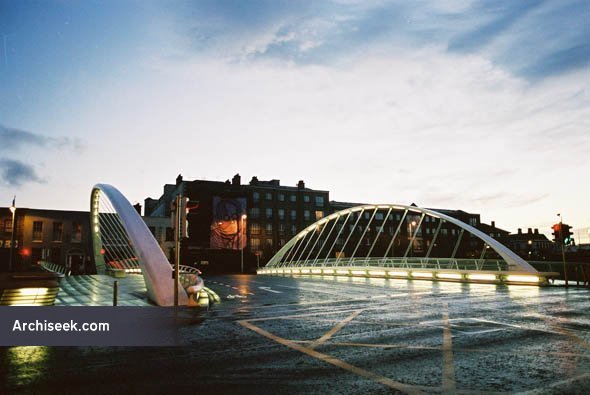 |
| James Joyce Bridge |
 |
| Samuel Beckett Bridge |
The bridge closest to our hotel is the Heuston Bridge, which refers to the train station just across the river.
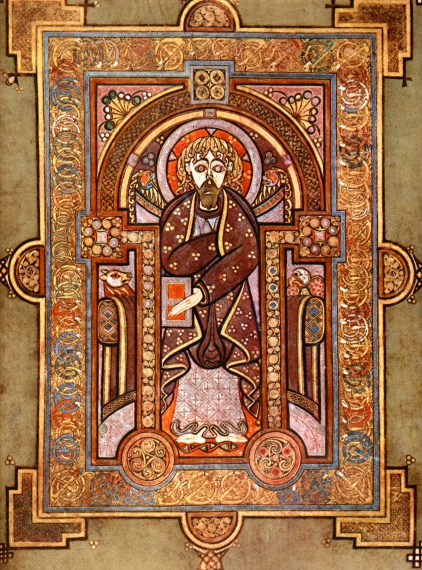





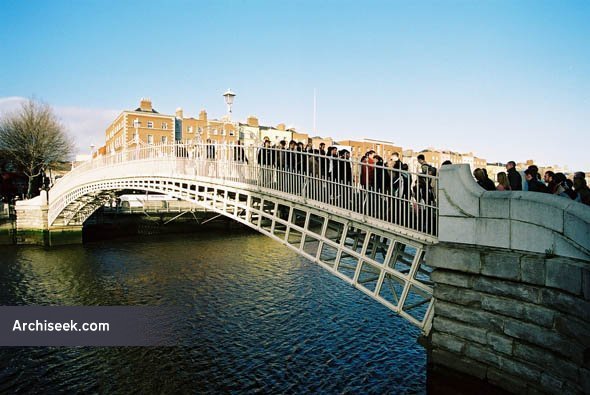

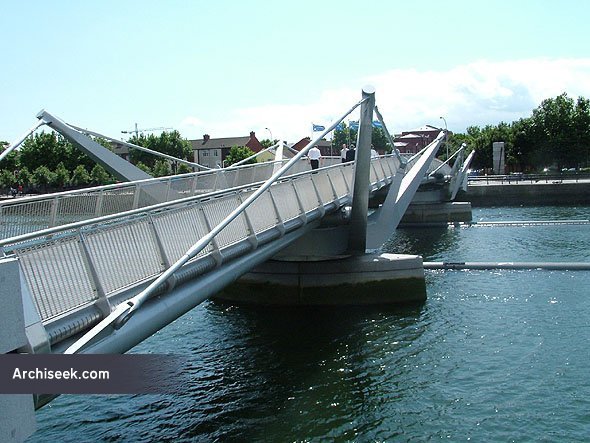


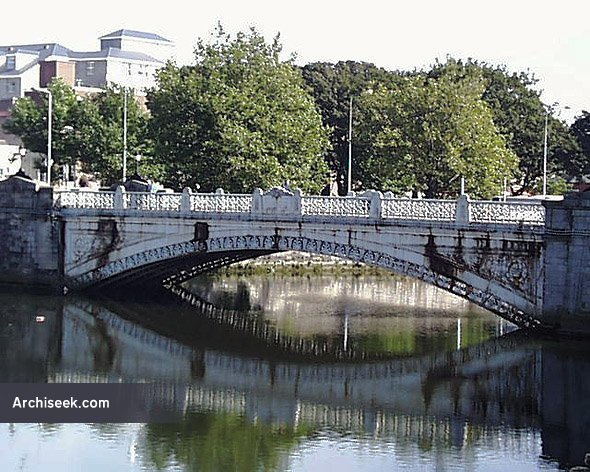


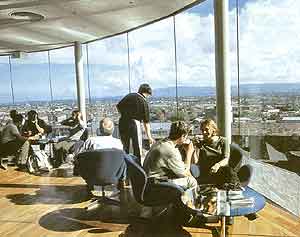


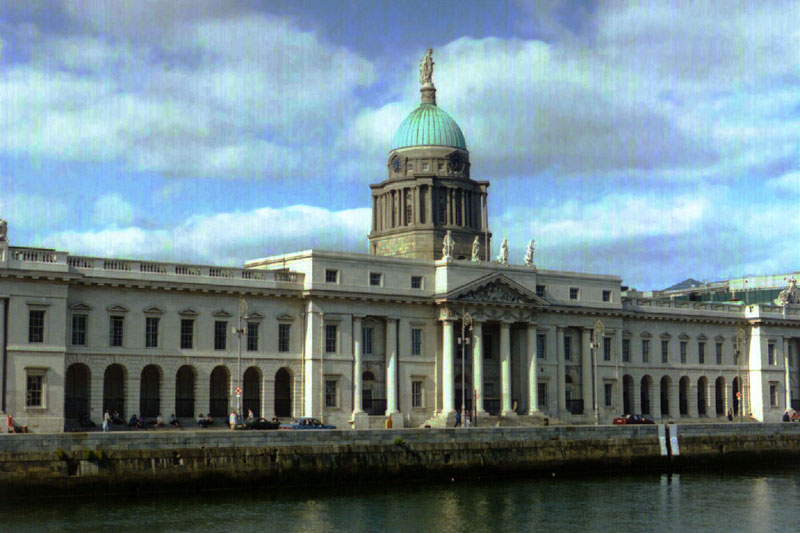




.jpg)








